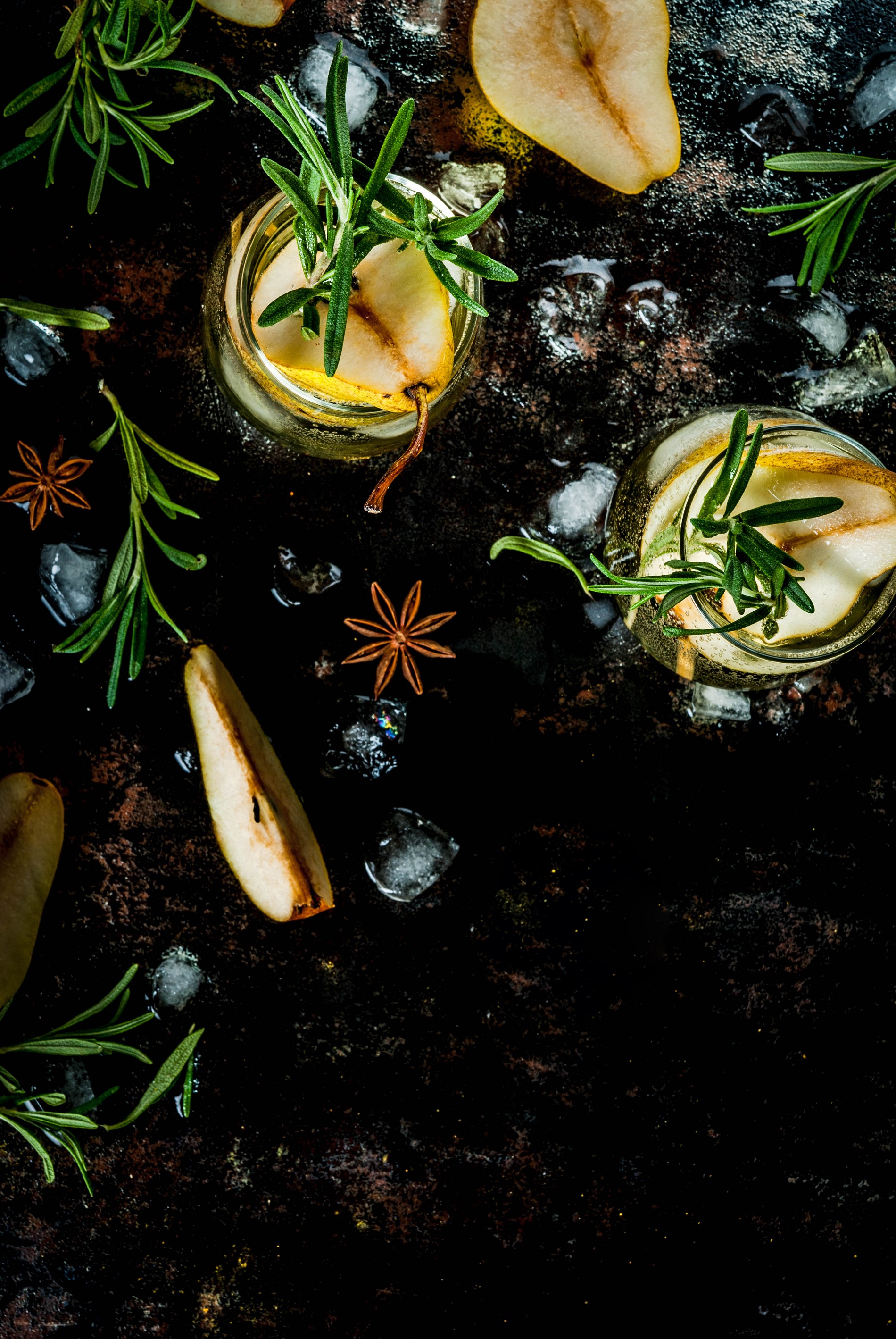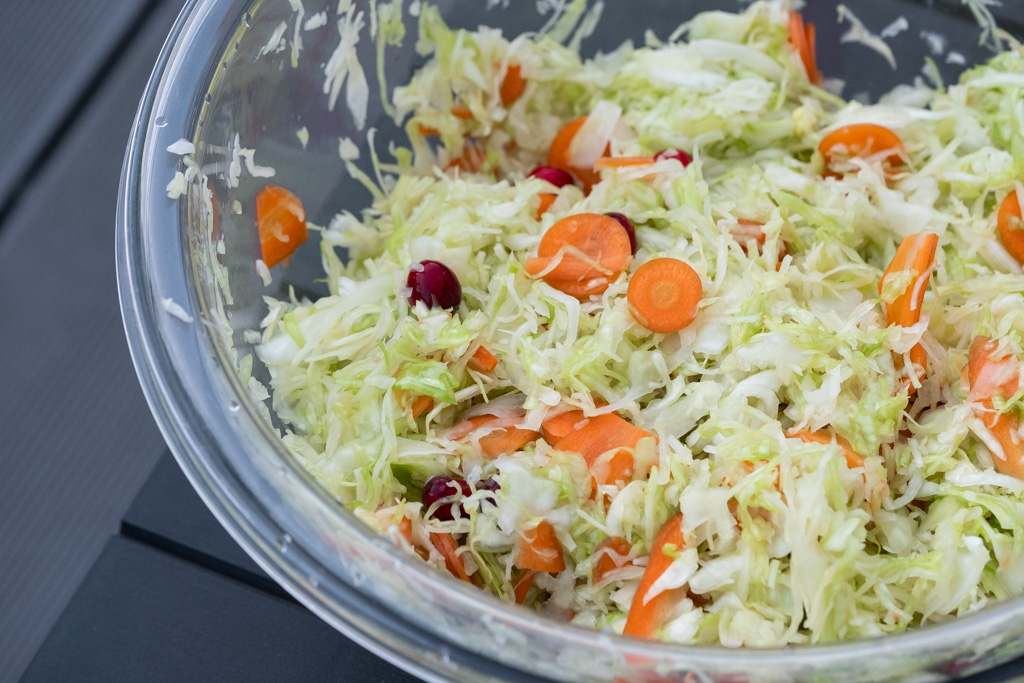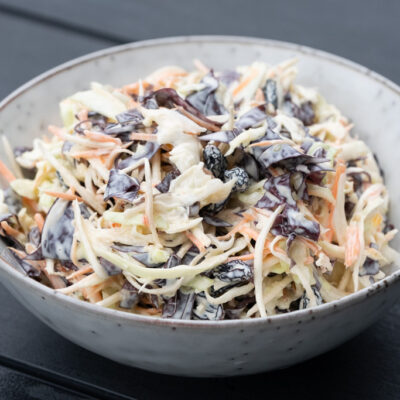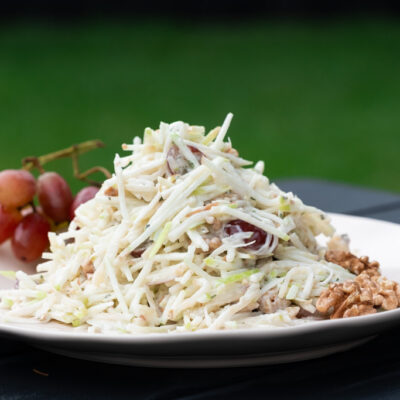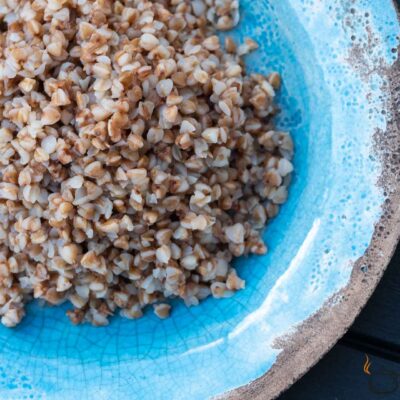Ingredients
-
1 kg of Cabbage
-
20 g of Salt1 tbsp
-
100 g of Carrot
Directions
It’s a classic recipe for homemade sauerkraut. It’s a perfect starting point if you’ve never fermented vegetables before. Sauerkraut is easy to make and always turns out great. The fermentation process results in a wonderful flavor, a crispy texture, improved digestion and better absorption of vitamins. Furthermore, it’s a natural source of live beneficial bacteria, a probiotic! It’s simply a superfood!
Try it!
Bon Appétit!
P.S. For sauerkraut, it’s best to choose dense white cabbage from winter varieties.
P.S.S. If you get snow-white cabbage, do not add carrots, as it gives a beige tint.
Today's visits: 1.
Steps
|
1
Done
|
Remove the outer leaves from the cabbage and wash the cabbage thoroughly. Peel off a few outer leaves and leave them intact. |
|
2
Done
|
Slice carrots thinly into circles or grate with a coarse grater and mix them with cabbage. |
|
3
Done
|
Fill a clean glass jar or ceramic mold with the vegetables, tamping each layer well to release the juice. Cover the mixture with whole cabbage leaves and place a weight on top. If the cabbage is well kneaded and juicy, enough liquid should appear on the surface within a few hours. We need the vegetables to be fully submerged in liquid for efficient and safe fermentation. If it doesn't occur within a few hours, you can make a solution of 2% salt in water and add it to the jar. Do not cover the jar. |
|
4
Done
|
Leave the cabbage to ferment at room temperature for 2 to 4 days. The fermentation rate will depend on the room temperature and the variety of cabbage. Every day, poke the cabbage in a few spots with a knife or thin stick/knitting needle to release accumulated gas. Starting from the second day, you can taste the cabbage. Once it reaches the desired level of sourness, refrigerate it. |
